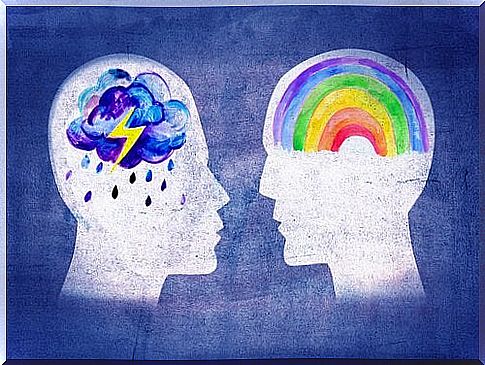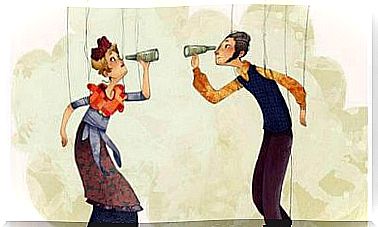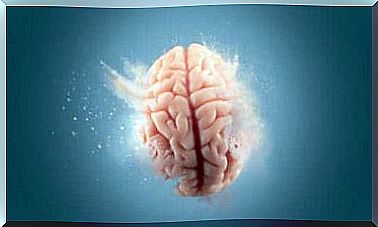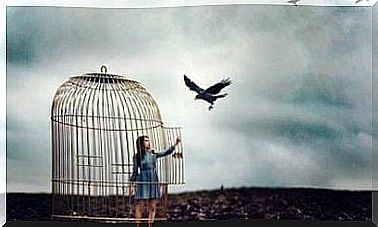How Emotions Affect Decision Making

It certainly comes as no surprise that emotions influence your decision making. How often have you regretted making a decision in a certain emotional state? You have probably noticed that you are more at risk when you feel happy, while sadness has the opposite effect.
Decision making when you are angry is usually not successful. Same thing with states of euphoria. But do you really know how your emotions affect your decisions? Have you ever been swept away by the first impression before making a decision? Are you aware of how your emotions are manipulated to “help” you make decisions?
Heuristic influence is a mental shortcut that allows people to make decisions and solve problems quickly and efficiently. It also means that emotions (fear, pleasure, surprise, etc.) play a major role in decision making.
It is a process that seems subconscious and that shortens the time for decision-making. This allows us to function without constantly searching our brains for relevant information. This approach is done quickly and involuntarily in response to a stimulus.

Heuristic influence usually comes when we assess the risks and benefits of something, depending on the positive or negative emotions we associate with a stimulus. It can be equated with acting based on what your heart says.
Researchers have discovered that if your feelings for something are positive, you are more likely to underestimate the risks and overestimate the benefits. If your feelings about an activity are negative instead, you will be more likely to overestimate the risks and underestimate the benefits.
To see how the heuristic effect works, we will take a look at some practical examples. The first example is so obvious that it seems extremely simple. The second is not as simple.
To begin with , imagine a scene where two children go to play in a park. One of the children has been playing with the swings at his grandparents’ house for a long time and loves them very much. He has positive feelings for the swings in the park and immediately makes the decision to swing on them. He thinks it will be fun despite the risk of falling (high dividend, low risk), and runs towards them.

The other child recently fell from a swing in another location. He thinks the swings are a bad choice when he sees them (small dividend, high risk). Both children have taken mental shortcuts to decide on the pros and cons of playing on the swings. None of them have stopped to realistically evaluate benefits and risks, but rather base their decisions on memories.
This seems so simple and obvious to a child. As adults, we also do this on many occasions. If we stopped and reflected, we would have made a different decision.
In these decisions , heuristics govern how we perceive advantages and disadvantages. These mental shortcuts may allow us to make quick and often reasonably correct decisions, but they can also lead to poor decision making.
As an example, consider advertising. In advertising , strategies are used to make you feel good. They evoke positive emotions in you, ignite your passions or introduce you to a lifestyle that you identify with or would like to have.
This makes you much more receptive when you shop or makes you more willing to pay more for products and services offered. It actually works so well that we may feel compelled to buy products in the belief that they will cover a need we do not really have. Not having access to the item that satisfies the alleged need can cause us anxiety.
Research has shown that risks and benefits are negatively correlated in our minds. People judge an activity or technology not only based on what they think of it, but also on how they feel about it.
A 1978 study by Lichtenstein and his research team highlighted the important role that heuristic influence plays in decision making. The researchers found that the assessments of benefits and risks were negatively correlated.
In other words, it was discovered that we underestimate the risks if we have a more optimistic view of the benefits. The same is true in the other direction – the higher the risk, the less potential benefits.

Some behaviors, such as alcohol consumption and smoking, are considered high risks and low dividends. Others, such as the use of antibiotics and vaccines, are considered to have high dividends and small risks.
A little later, in the 1980s, Robert B. Zajonc argued that affective responses to stimuli are often the first response that occurs automatically, and which then influences how information is processed and judged.
In 2000 Finucane and others that a positive feeling for a situation (ie a positive impact) can lead to a lower perception of risk and a perception of greater benefits, even though this is obviously not justified in all situations.
In any case, people are far from the rational machines many try to be. Our senses are predisposed to make decisions quickly and to use only some of the information at hand. Often we actually make decisions without noticing it.
How stress affects our health
We cannot live in a state of continuous stress. Our body will send us warning signals in the form of illness, injury or general feeling of not being well. In other words, preventing excessive stress is good… Read more »









